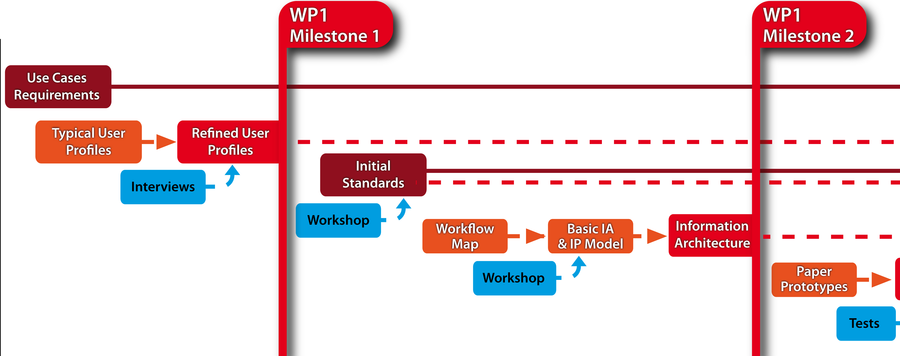Within the last decades, research in life sciences has changed considerably. Today, many scientists use computers for data exploration, compile new datasets from openly available data and analyze them under new premises. This eScience approach requires data to be openly available through the Internet and utilizes applications of the Semantic Web. Unfortunately, morphology and morphological taxonomy do not take part in eScience yet, because 1) accessible morphological content is restricted to published literature, and corresponding sources of data and raw data (serial sections, images, etc.) often get lost; 2) to date, morphological descriptions cannot be deposited in general data repositories, because respective eScience-compliant standards are nonexistent. The solution to both problems involves the use of semantically transparent terminologies, i.e. ontologies.
Applying a user-centered-design approach and in close coordination with four use case studies, we will develop three new ontology-based modules for the morphological data repository Morph·D·Base: 1) morphological descriptions, 2) graphical image content annotations, 3) taxonomic descriptions, which will also provide automatically generated dynamic multiple entry identification keys. Based on the four use case studies, we will test their usability regarding increasing the accessibility of morphological data for non-experts, eScience-compliant standardization of taxonomic descriptions, the digitization of natural history collections, and for studies of comparative morphology.







